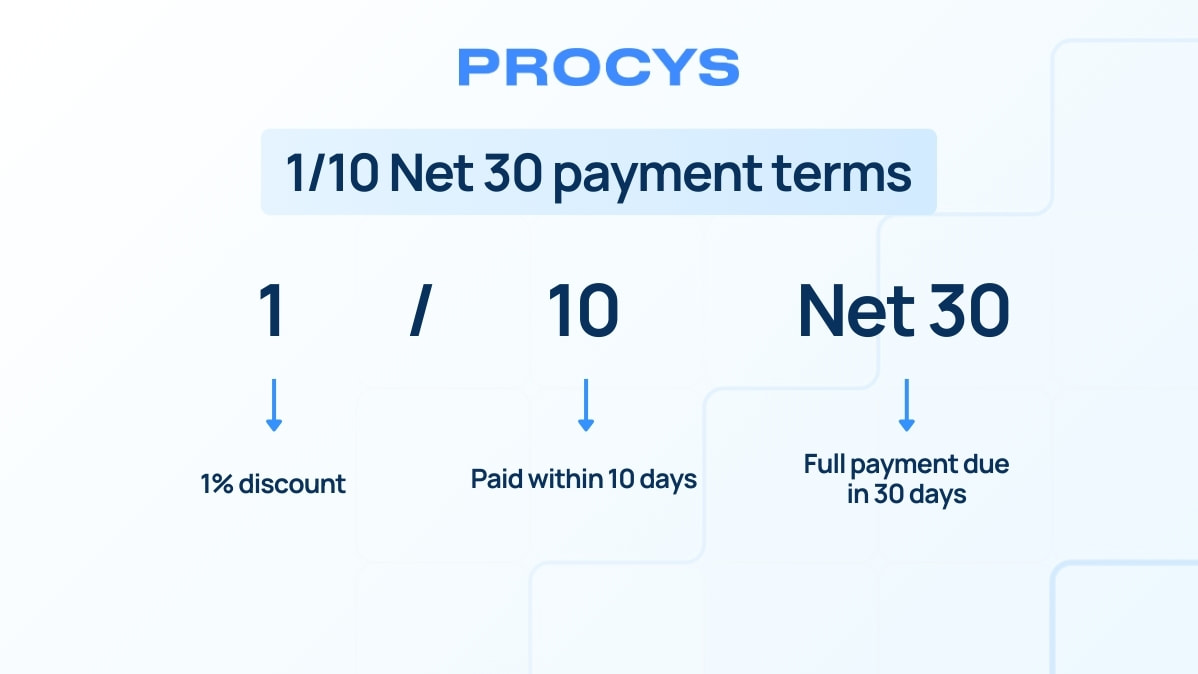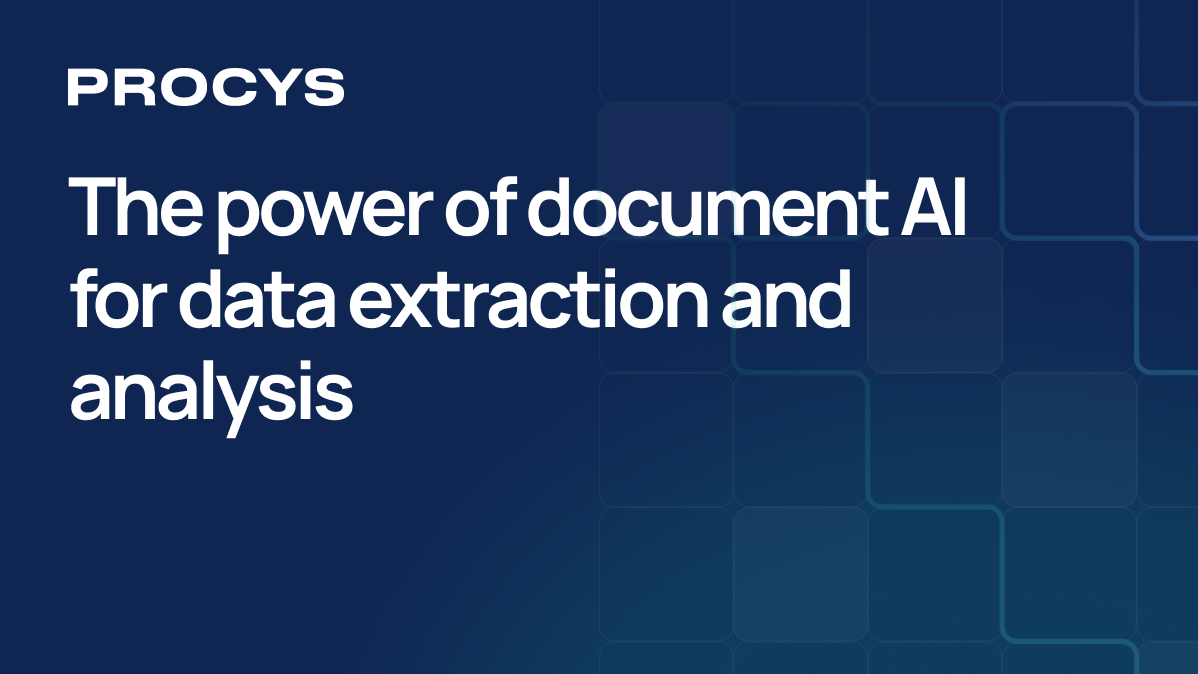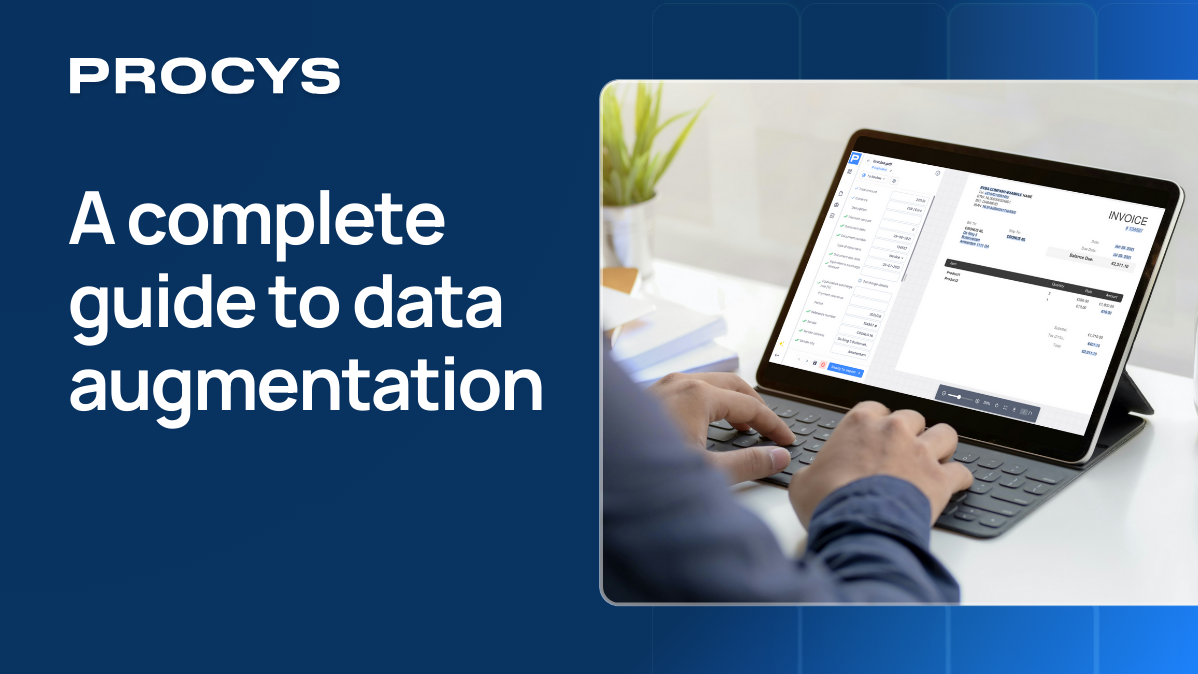Introduction
Accounts Payable (AP) and Accounts Receivable (AR) are the make-or-break thin lines that draw the financial backbone of a company.
Any organization hinges on these two critical accounting processes: while both deal with the flow of money, they represent opposite sides of a company's financial transactions.
These processes have been traditionally managed manually, whereas today the tech industry is transforming them through intelligent document processing, OCR technologies, and workflow automations.
This comprehensive analysis explores the fundamental differences between AP and AR, with a particular focus on how modern SaaS solutions like Procys are revolutionizing these essential accounting functions.
Definition and financial role of AP and AR operations
Accounts Payable represents money a business owes to suppliers or vendors for goods and services received but not yet paid for. On the balance sheet, AP appears as a liability account, representing short-term obligations the company must fulfill.
Indeed, this is not classified as expenses, but booked as liabilities.
In contrast, Accounts Receivable represents money owed to a business by customers who have purchased goods or services on credit. AR appears as an asset account, representing short-term receivables expected to convert to cash.
This fundamental classification difference impacts how these accounts affect a company's financial position. AP increases a company's liabilities and decreases its equity, while AR increases assets and equity. The management of these accounts directly influences working capital, liquidity ratios, and overall financial health.
.jpg)
Accounts Payable: insights and turnover
About AP, Investopedia says:
“If payables are increasing, this can indicate the business is taking greater advantage of favorable vendor credit. However, rising payables might also signal financial distress—a company might be delaying payments because it doesn't have enough cash on hand to meet its obligations.” - Investopedia, 2025
Accounts payable typically includes the following types of business expenses:
- Supplier invoices: incurred when a company purchases raw materials or goods on credit.
- Contractor fees: payments to external service providers such as IT consultants or cleaning companies.
- Subscription services: recurring services like SaaS platforms or media providers billed periodically after usage.
- Utility expenses: monthly bills for electricity, water, telecommunications, and internet, usually paid at the end of the billing cycle.
- Professional services: fees for legal, consulting, or accounting work, commonly settled at quarter-end.
- Maintenance costs: scheduled maintenance and upgrade of equipment or facilities, often billed semiannually.
In AP, the turnover ratio involves net credit sales to measure how efficiently a company pays its outstanding obligations within a year.
A higher ratio indicates that the company is settling its debts promptly and consistently, often a sign of strong cash flow management, operational discipline and automated processes.
Operations and turnover of Accounts Receivable
When a client issues a form of IOU (I owe you) document to the company, an AR operation is added to the receivable process.
The success of an AR team depends primarily on how well they manage to convert the credit into cash, and how they manage unsettled payments; here too, a main factor the fundamental analysts and company owners look for is the turnover ratio.
The accounts receivable turnover ratio indicates how often a company collects its average receivables over a given period and reflects the efficiency of the company’s credit policies and its ability to collect payments from clients in a timely manner.
Cash flow impact
From a cash flow perspective, AP and AR operate in opposite directions.
Accounts Payable represents cash outflows (or payments flowing from the business to suppliers) and focuses on paying supplier invoices efficiently while managing payment timing to optimize cash positions.
Accounts Receivable, conversely, represents cash inflows (payments coming into the business from customers) and concentrates on generating invoices and ensuring timely payment collection to maintain healthy cash flow.
Accounts Payable vs Accounts Receivable - Main challenges
So, a key point also representing a common challenge for Accounting teams is to make the two sides come together: AP teams must balance prompt payment to maintain vendor relationships against preserving cash reserves, while AR teams must balance aggressive collection efforts against maintaining positive customer relationships.
Challenges to overcome for Accounts Payable teams
Common challenges for AP teams include ensuring timely payments, avoiding late fees, managing vendor disputes, and preventing duplicate payments.
One example related to a payment use case is where the team tries to match with the timing of a 1/10 or 2/10 Net 30.
This is a situation where the company sets up a payment to a provider within 10 days to get a buyer discount of 1% (or 2%, etc.) off of the invoice total. If the buyer misses the discount period deadline, they owe the full amount within 30 days.

Thus, when coordinating with the AR team, the payment outputs must squeeze in this timeframe while also not damaging the cash flow.
Naturally, having a clear monitoring of the whole accounting system is fundamental to get processes like this one right.
So, it’s only normal for modern accounting teams to have digital, centralized points of control that allow them to perform error-free operations and automate time-consuming processes.
Challenges to overcome for Accounts Receivable teams
As mentioned, AR departments generate customer invoices, track receivables aging, follow up on outstanding payments, and reconcile payments received.
Their challenges center around collecting overdue payments, maintaining customer relationships during collection efforts, and accurately forecasting cash inflows.
When it becomes evident that a customer’s outstanding balance won’t be recovered, the amount must be recorded as a bad debt expense and removed from accounts receivable.
In this sense, established businesses often anticipate potential losses from unpaid invoices by estimating bad debts in advance: to ensure their financial statements reflect a realistic accounts receivable balance, AR teams create the “allowance for uncollectible accounts”, a reserve set aside to account for expected non-payments.
Overcoming complexities for AP and AR teams
Both accounts payable and accounts receivable processes are document-intensive, but the types of documents and processing requirements differ between them.
The AP process begins with external documents that vary widely in format, layout, and content based on the supplier's systems: these inconsistencies create significant challenges for data capture and processing.
Modern businesses and accounting teams leverage OCR technologies to recognize and extract information from any type of document format.
Also, technologies like this are often part of a bundle that include several other automation functions, financial trackers, payment reconciliation features, approval cycles, other than custom workflow setup options.
For AR teams, the process typically begins with internally generated documents such as sales orders, shipping documents, and customer invoices.
The invoice management is surely one of the aspects that businesses desperately try to take off of manual tasks.
While outgoing invoices usually follow standardized formats determined by the company itself, the incoming payment documentation (remittance advice, bank statements, etc.) can vary considerably between customers.
Here too, OCR and data extraction tools come in handy.
Data extraction complexities
The data extraction requirements for AP and AR documents differ: AP invoices may contain complex line-item details, tax information, payment terms, and reference numbers that data extraction systems must accurately capture.
In AR, payment reconciliation often needs to match against multiple invoices, and partial payments must be properly allocated, thus, data extraction tools must identify discrepancies between invoiced amounts and received payments.

Many invoices contain microtext in tables and line-item details that are difficult to detect with basic OCR technologies. In fact, traditional template-based capture systems struggle with AP processing because invoice layouts change frequently across suppliers.
For this, accounts payable and finance teams looking to accelerate up to 6x their document processing should rely on advanced, ML-based systems capable not only of recognizing and working with any type of document, but also of integrating with existing software.
For data extraction, the challenges evolved as the technological landscape did: intelligent systems combine template-based extraction with machine learning algorithms to recognize and pull data from different invoice formats. The data then undergoes validation through rule-based checks and cross-referencing with existing records like purchase orders or vendor databases.
OCR implementation in AP and AR workflows
In Accounts Payable, OCR technology transforms the invoice processing workflow through several key steps:
First, invoice digitization occurs through scanning physical documents or capturing digital invoices. The OCR engine then processes these images to recognize text. Advanced systems use field identification to locate key data points such as invoice numbers, dates, supplier information, line items, and total amounts.
Finally, the validated data integrates with ERP systems and accounting software, triggering automated approval workflows based on predefined criteria: this minimizes manual data entry and accelerates the overall invoice processing ops.
In AR, OCR captures payment details from bank statements, checks, and remittance information. Then, the AR team can match these payments against outstanding invoices, identifying partial payments, discounts taken, and other exceptions that require attention.
AP and AR in automated financial processes
Beyond document capture and data extraction, comprehensive automation solutions must address the distinct workflow requirements of accounts payable and accounts receivable processes.
These workflows involve approval routing, exception handling, and payment processing that change between AP and AR.
Accounts Payable workflow automations
After OCR extraction, invoices enter a digital approval workflow where they are routed to appropriate personnel based on predefined criteria such as amount thresholds, department coding, or vendor type.
Advanced AP systems incorporate validation techniques like three-way matching, automatically comparing invoice data against purchase orders and receiving reports to verify accuracy before approval. This is to reduce manual checks and accelerate the approval process while maintaining financial control.
Then, payment scheduling and execution are the final stage of AP automation.
Modern systems allow for batched payments, automatic scheduling based on due dates, and selection of optimal payment methods. They can prioritize payments to capture early payment discounts or avoid late payment penalties, optimizing cash outflows.
Finally, for partial manual tasks that need human intervention, AP workflows include exception handling routes, flagging discrepancies and routing them to appropriate personnel for resolution.
Workflow automations for Accounts Receivable
While the initial invoice creation typically occurs within ERP or accounting systems, the AR automation cycle handles the distribution, tracking, and collection aspects of the process.
Together with the possibility of integrating with other accounting systems and business tools, modern technologies automatically distribute invoices through multiple channels including email, customer portals, and electronic invoice networks.
Among the subsequent functions involved we see the possibility to:
- Track delivery and receipt confirmation
- Examine customer payment reports
- Generate and send automated reminders for upcoming and overdue payments
- Set up escalation workflows for delinquent accounts
- Create customer segments based on payment history and apply appropriate collection strategies for each segment
- Manage all aspects of reconciliation, from partial payments to discount taken
- Stay compliant and secure during the whole process with certification-backed tech components
Conclusions - Benefits of evolving AP and AR processes
Businesses are reducing manual entry of invoices in their accounting systems: 40% of the respondents to a recent SAP Concur study are considering the implementation of AI tools for AP processes within 2025.
In fact, AI and ML-based automation tools for intelligent document processing are representing the cutting-edge point of advancement for accounting processes.
The key benefits are:
- Efficiency and time saving
- Error reduction and financial accuracy
- Cash flow optimization
- Compliance and audit readiness
Modern SaaS solutions like Procys are transforming AP and AR processes through advanced technology, specifically designed to address the unique challenges of financial document processing and workflow automation.
If your company plans to save time and reduce errors in its accounting operations, you can try its core functions for free here.





